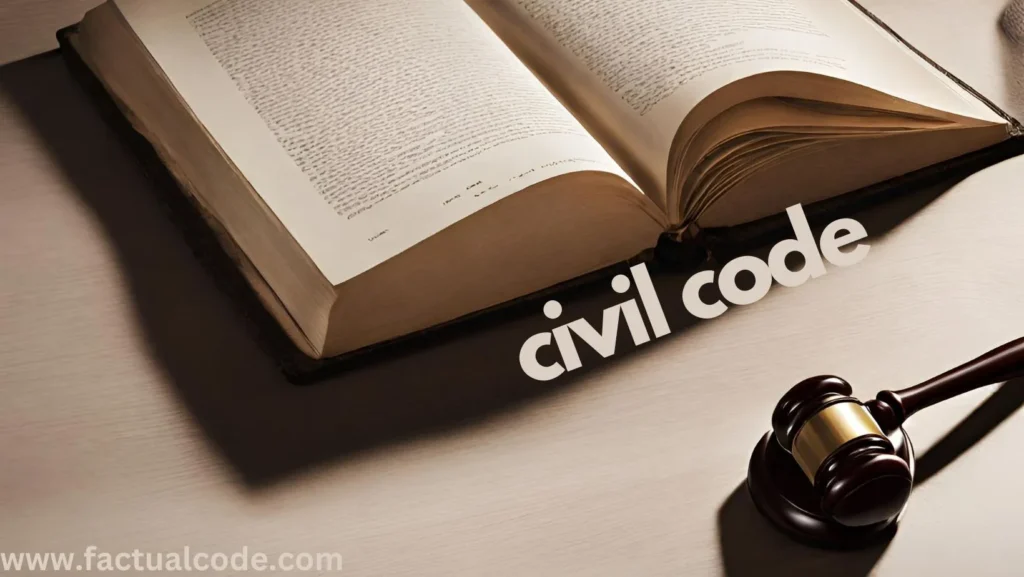Introduction
The doctrine of Res Subjudice, codified under Section 10 of the Civil Procedure Code, 1908, prevents courts from simultaneously trying two suits with identical issues involving the same parties. This doctrine ensures judicial efficiency, avoids contradictory decisions, and protects litigants from unnecessary litigation. Derived from Latin, Res Subjudice means “a matter under judicial consideration.”
Section 10 CPC: Stay of Suit
“No Court shall proceed with the trial of any suit in which the matter in issue is also directly and substantially in issue in a previously instituted suit between the same parties, or between parties under whom they or any of them claim litigating under the same title, where such suit is pending in the same or any other Court in India having jurisdiction to grant the relief claimed, or in any Court beyond the limits of India established or continued by the Central Government and having like jurisdiction, or before the Supreme Court.”
Key Elements of Section 10
For the doctrine to apply, the following conditions must be satisfied:
Two Suits: One Previously Instituted and One Subsequently Filed
There must be an earlier suit and a later suit.
The earlier suit must have been instituted before the later one.
Identity of the Matter in Issue
The matter in issue in both suits must be:
Directly related, and
Substantially the same.
Identity of the Parties
The parties in both suits must be the same or litigating under the same title.
Competent Jurisdiction
The earlier suit must be pending before a court with competent jurisdiction capable of granting the relief sought.
Trial Stage Restriction
Section 10 bars the trial of the subsequent suit but does not prohibit its institution or pre-trial procedures.
Objective of Section 10
The doctrine aims to:
Prevent duplication of litigation.
Avoid contradictory judgments.
Conserve judicial time and resources.
Protect litigants from vexatious or harassing lawsuits.
Illustration
Example 1: A files a suit in Court X against B for the ownership of a property. Subsequently, B files a suit in Court Y against A for the same property. Here, the trial of the suit in Court Y may be stayed under Section 10.
Example 2: If the earlier suit in Court X is dismissed, Section 10 no longer applies, and the subsequent suit in Court Y can proceed.
Judicial Pronouncements
Indian Bank v. Maharashtra State Cooperative Marketing Federation (1998)
The Supreme Court clarified that Section 10 prohibits the trial of the subsequent suit but does not prevent its institution.National Institute of Mental Health v. C. Parameshwara (2005)
It was held that Section 10 applies only when the matter in issue in both suits is directly and substantially the same.Pukhraj D. Jain v. G. Gopalakrishna AIR 2004
The Supreme Court observed that Section 10 is a procedural provision meant to ensure judicial efficiency and avoid conflicting decisions.
Scope and Application
Civil Suits Only
Section 10 applies exclusively to civil suits and does not extend to criminal or administrative proceedings.
No Bar on Interim Relief
Courts may grant interim relief in the subsequent suit even if its trial is stayed.
Pending Suit Requirement
The earlier suit must be pending before a competent court; otherwise, Section 10 cannot be invoked.
Exceptions to Section 10
Different Jurisdictions
If the earlier suit is filed in a court lacking jurisdiction, Section 10 does not apply.
Distinct Matters in Issue
The doctrine is inapplicable if the matters in issue in the two suits are not directly and substantially the same.
No Stay on Filing
Section 10 bars the trial of the subsequent suit but does not restrict its filing.
Criticism and Limitations
Ambiguity in Interpretation
Terms like “directly and substantially in issue” are subjective and open to varied judicial interpretation.
Delays in Litigation
Staying the trial of the subsequent suit may prolong the resolution of disputes.
Limited Applicability
Section 10 applies only to civil suits and may not address overlapping issues arising in special laws or tribunals.
Conclusion
The doctrine of Res Subjudice under Section 10 CPC plays a vital role in maintaining procedural order and ensuring consistency in judgments. By preventing multiple courts from adjudicating the same issues simultaneously, it fosters judicial efficiency and fairness. However, its successful application requires careful judicial interpretation to avoid misuse and ensure that it serves the interests of justice effectively.

